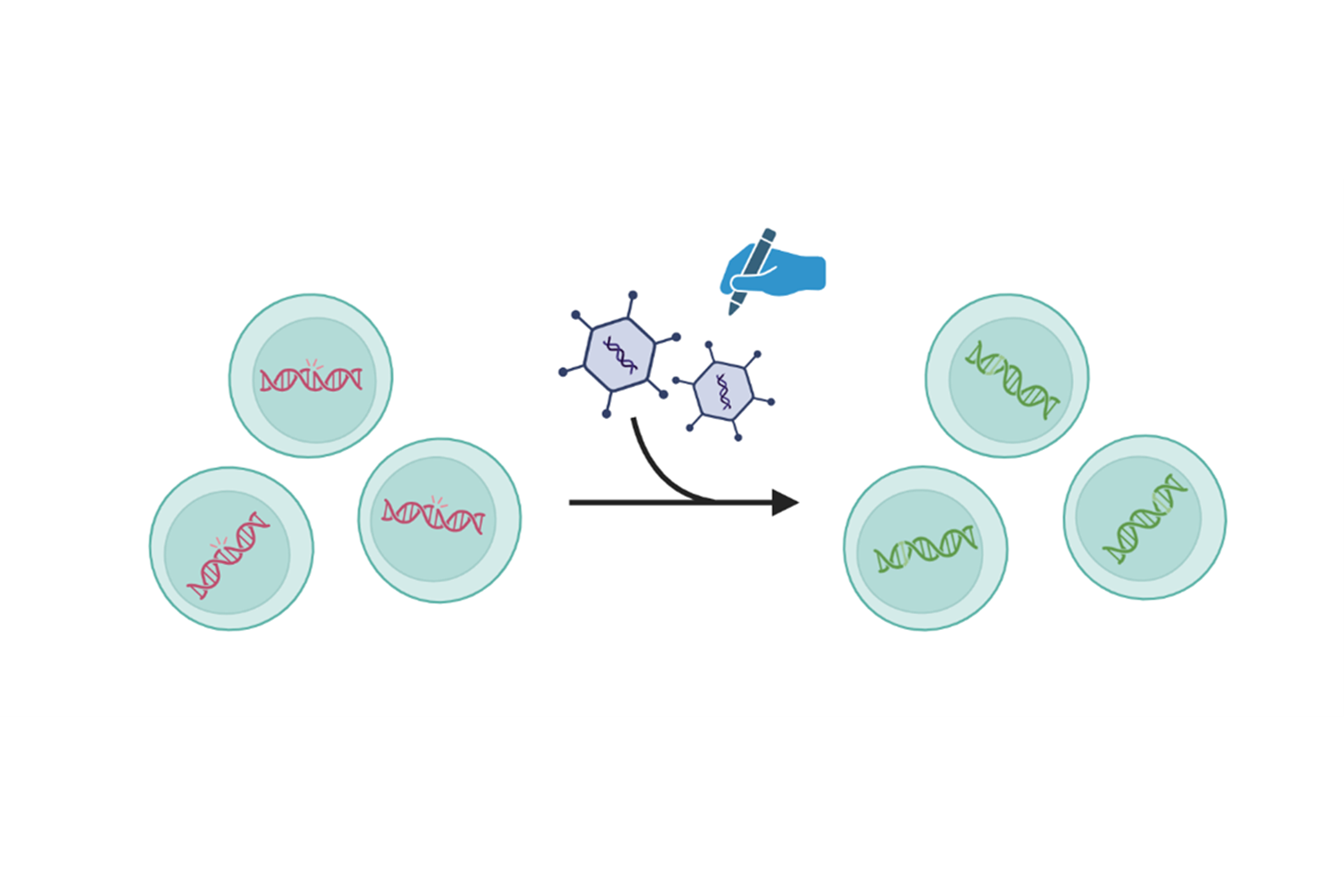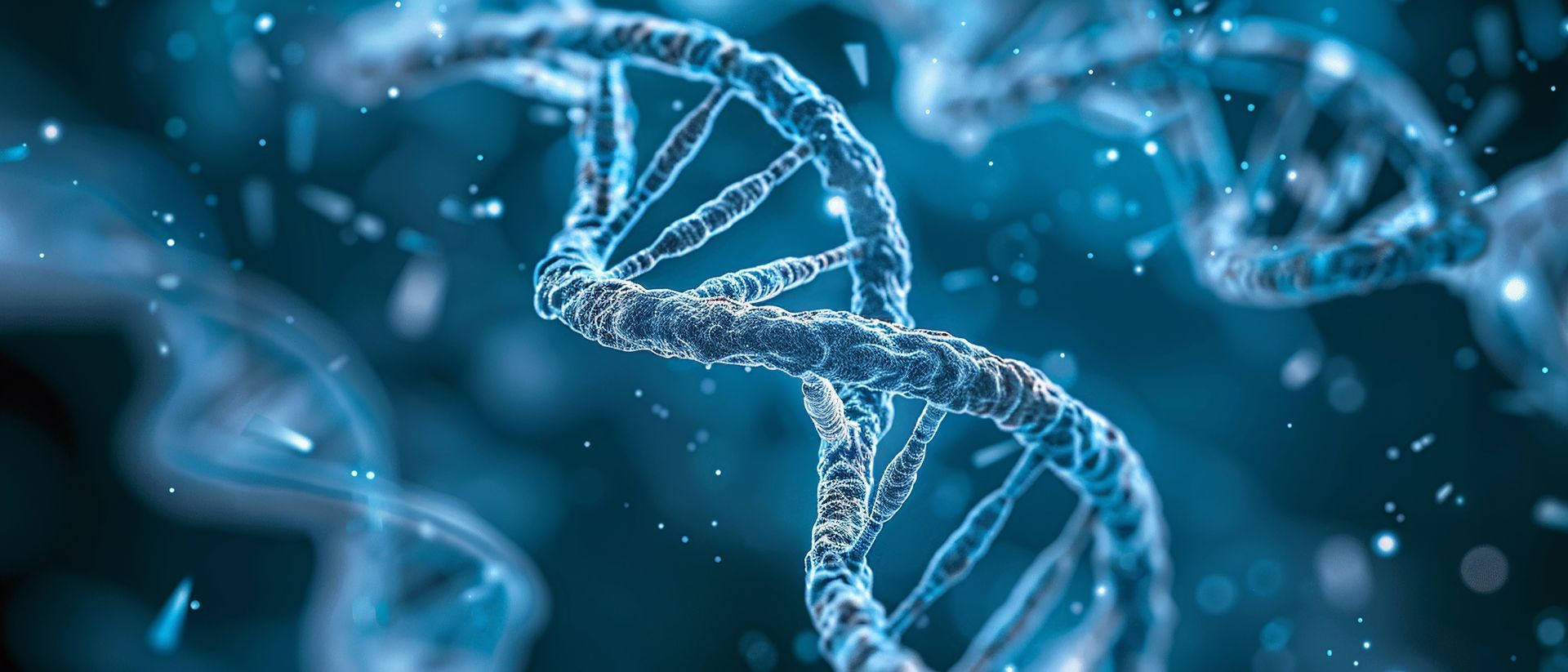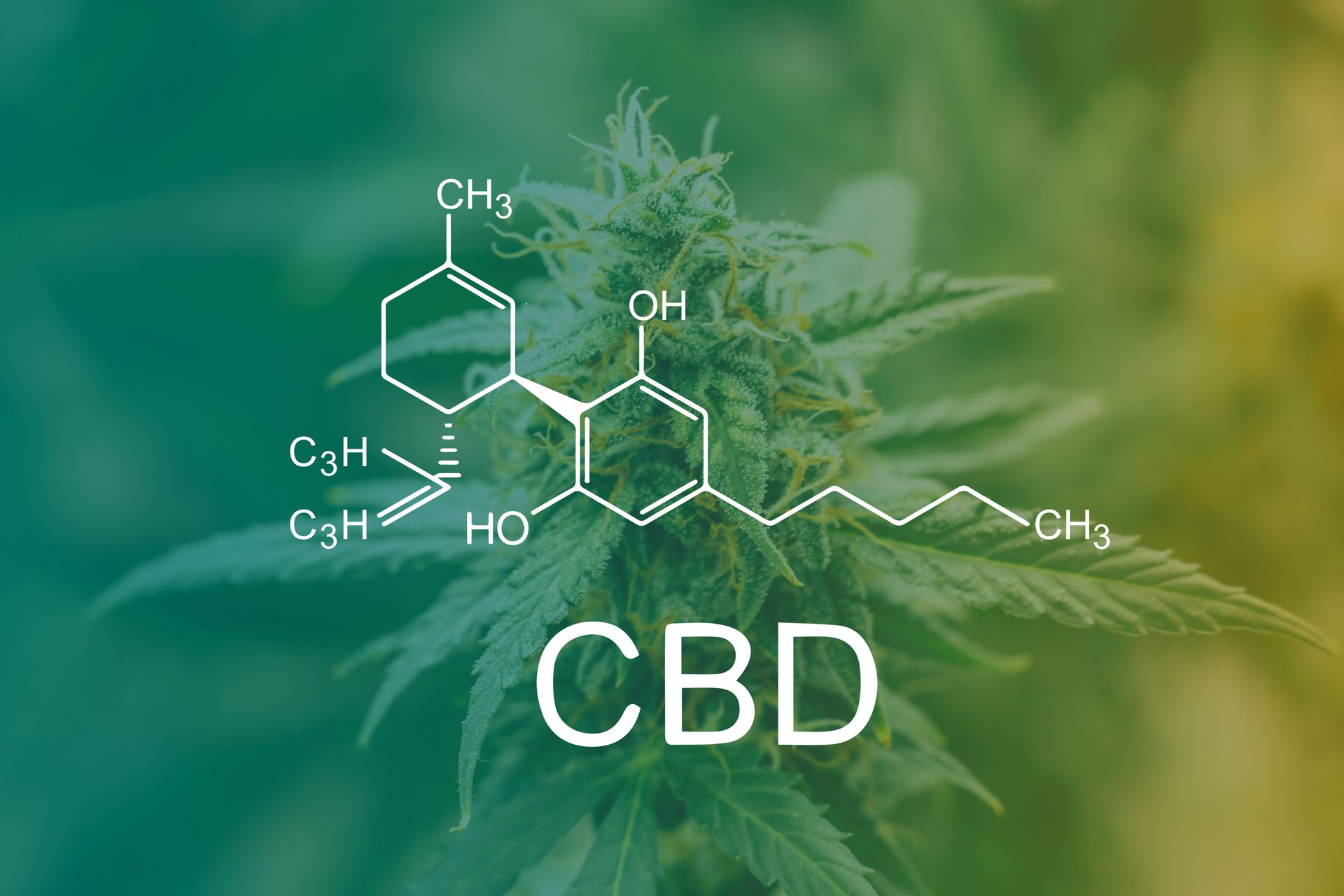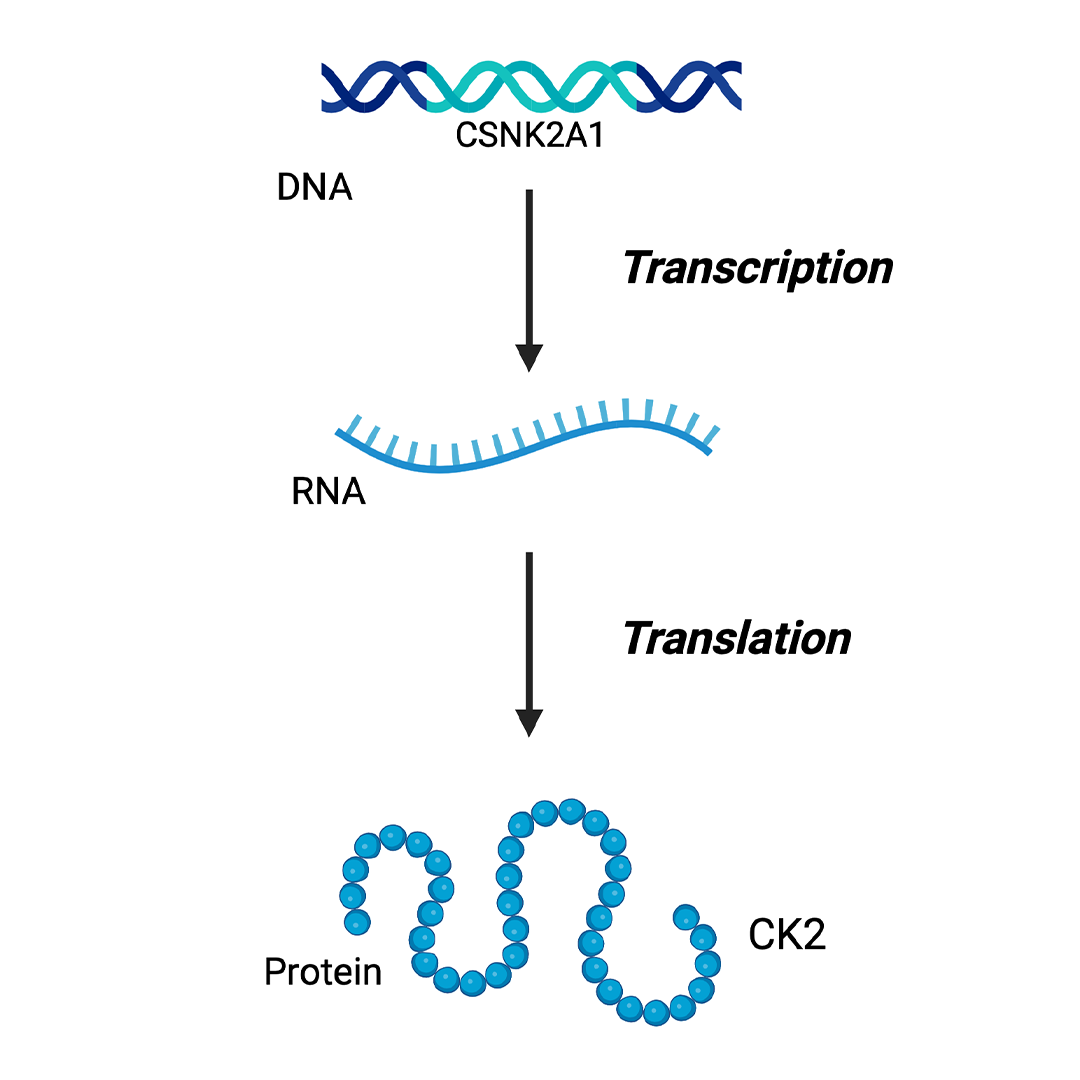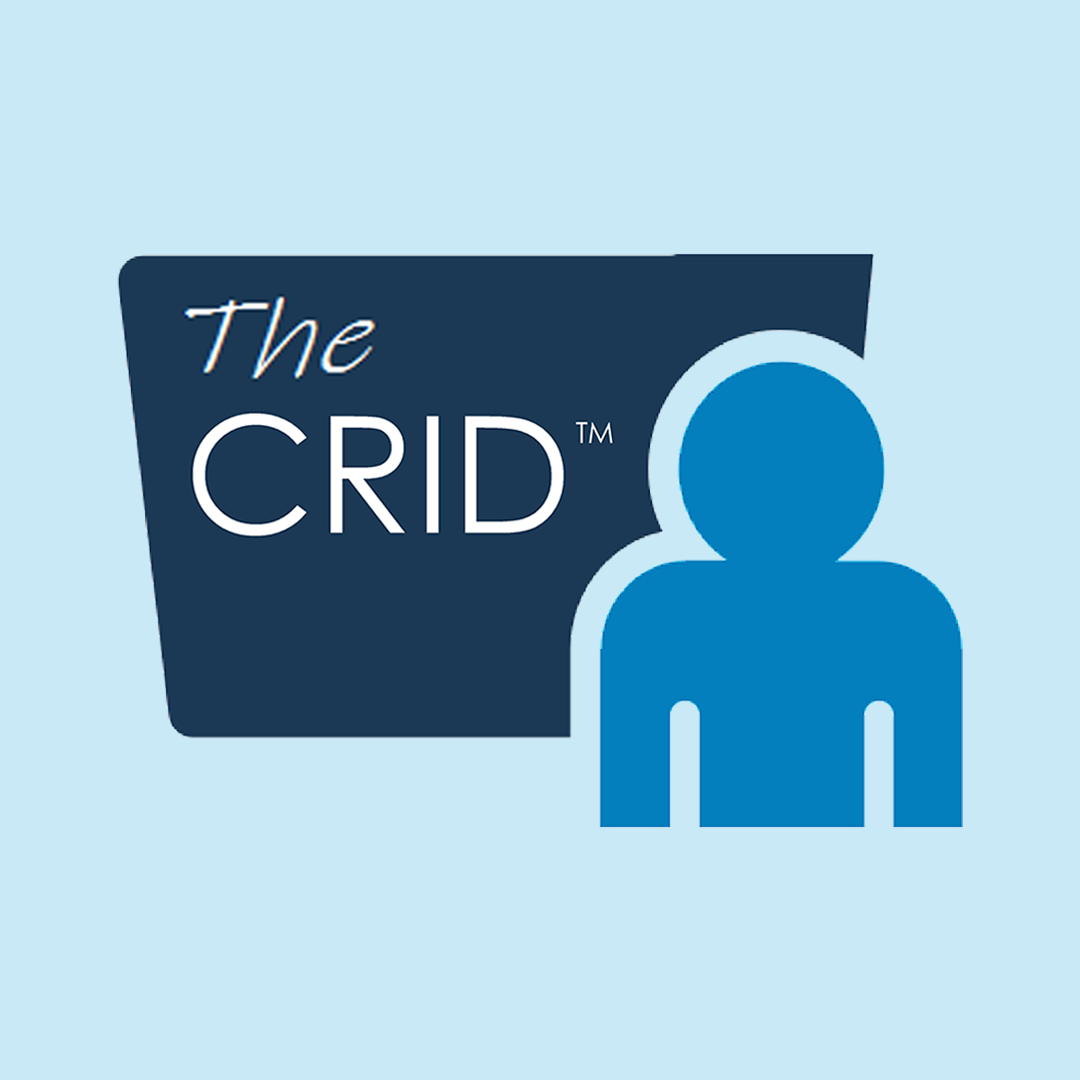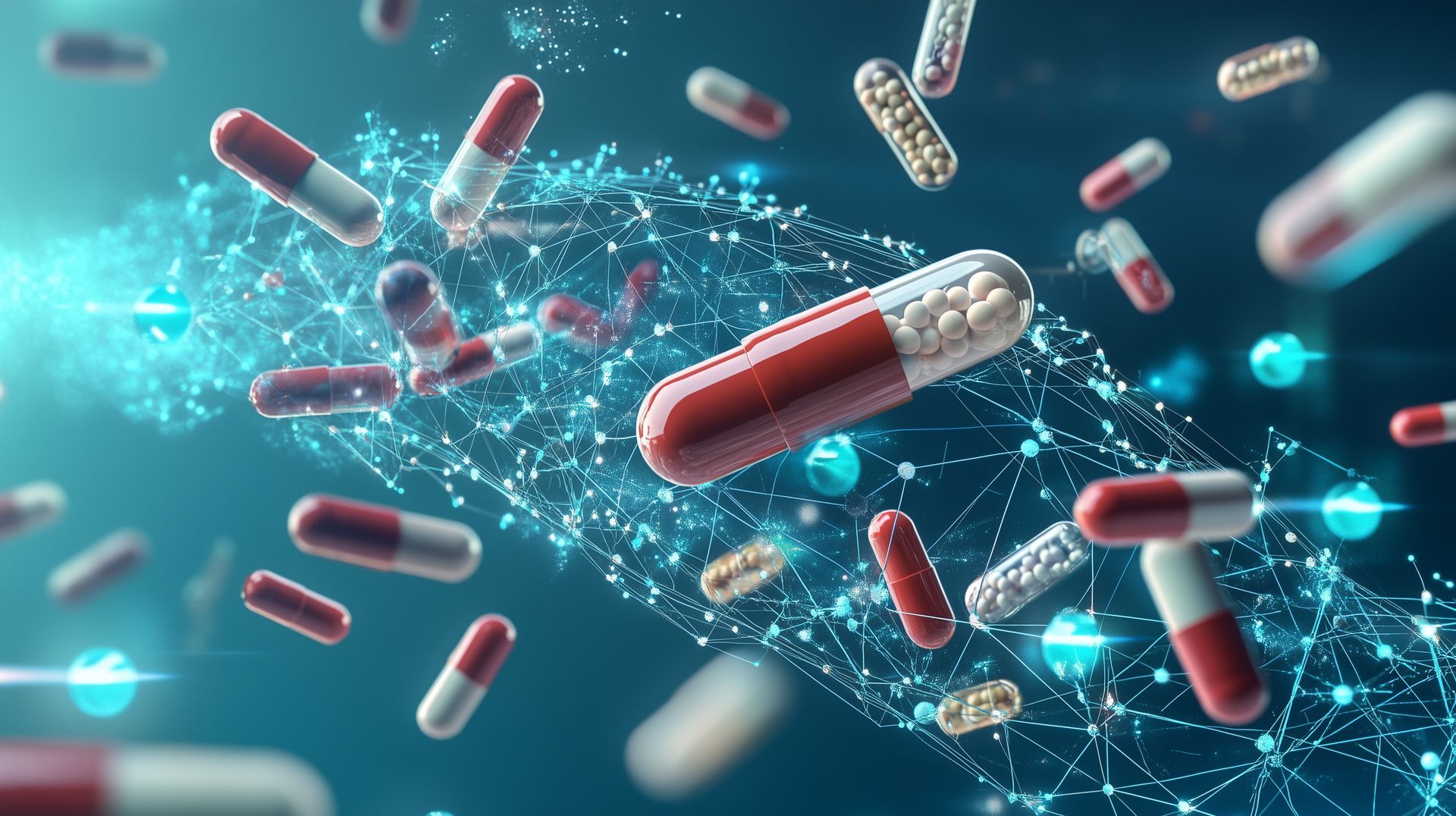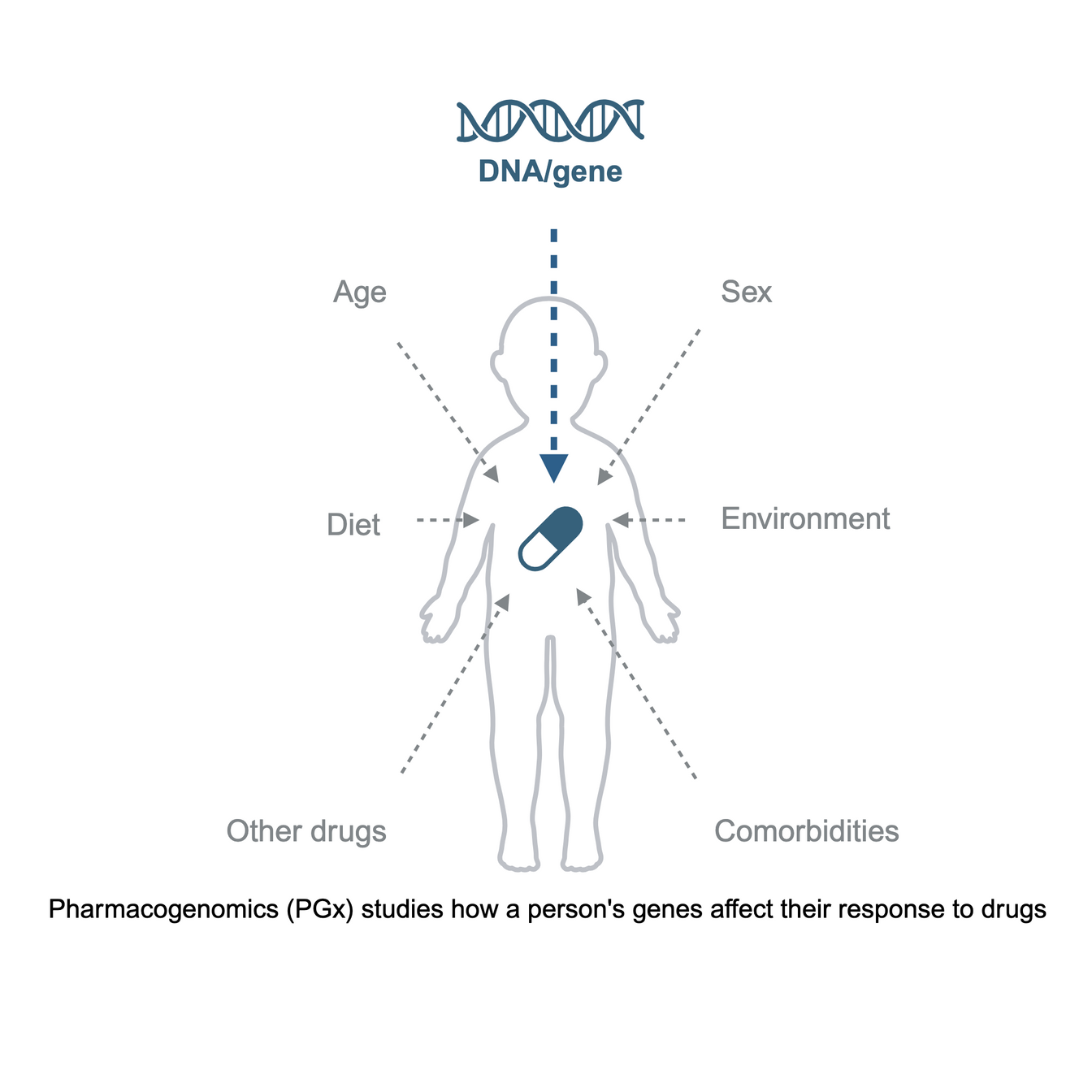Science Snapshots
Welcome to Science Snapshots!
Science Snapshots is our dedicated blog aimed at simplifying the complex science and healthcare topics surrounding Okur-Chung Neurodevelopmental Syndrome (OCNDS) and the rare disease community. Our mission is to make vital information accessible and understandable for patients, families, and caregivers.
Have a topic you want to know more about? Tell us via this form: CSNK2A1 Foundation Science Snapshots Blog


